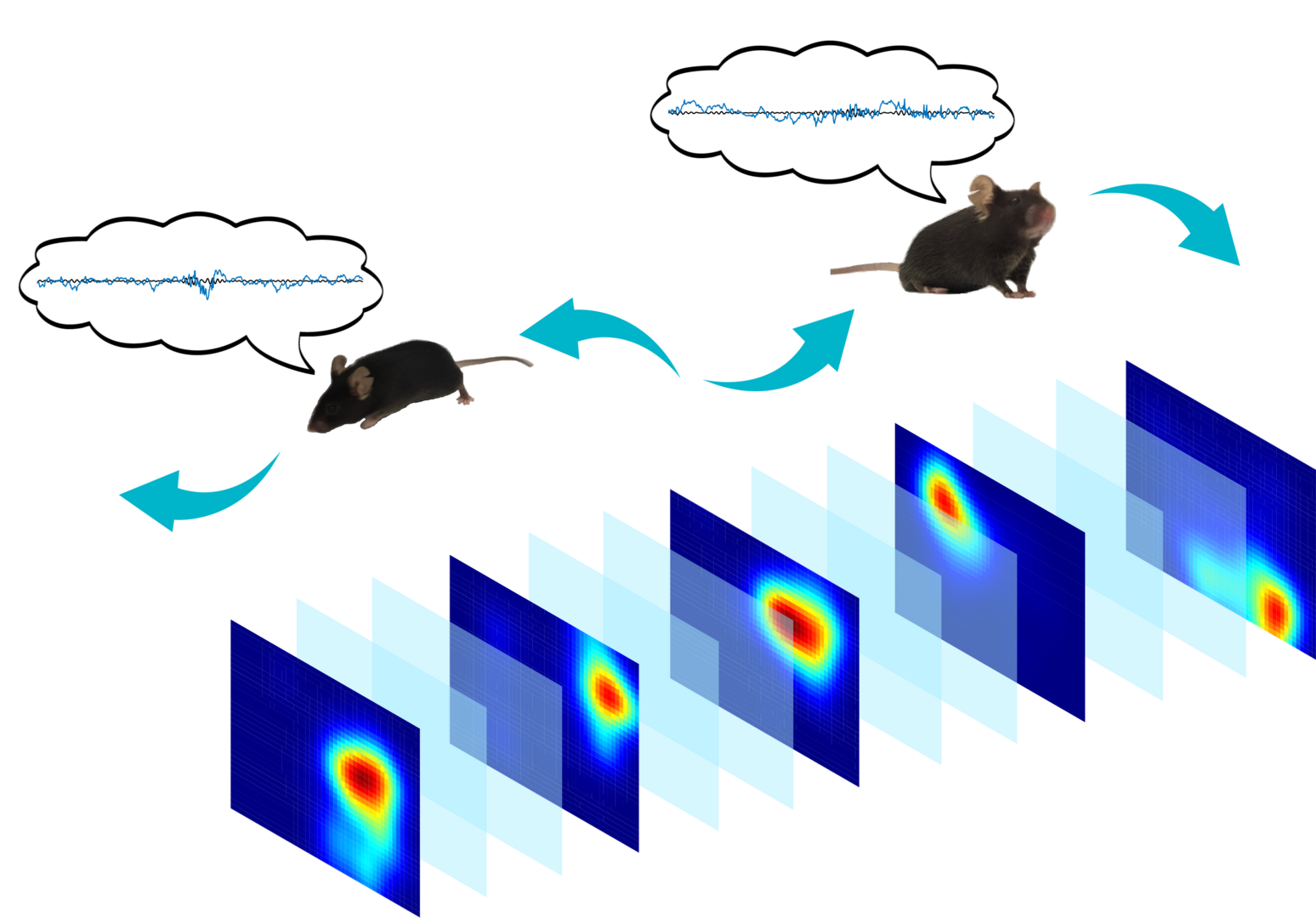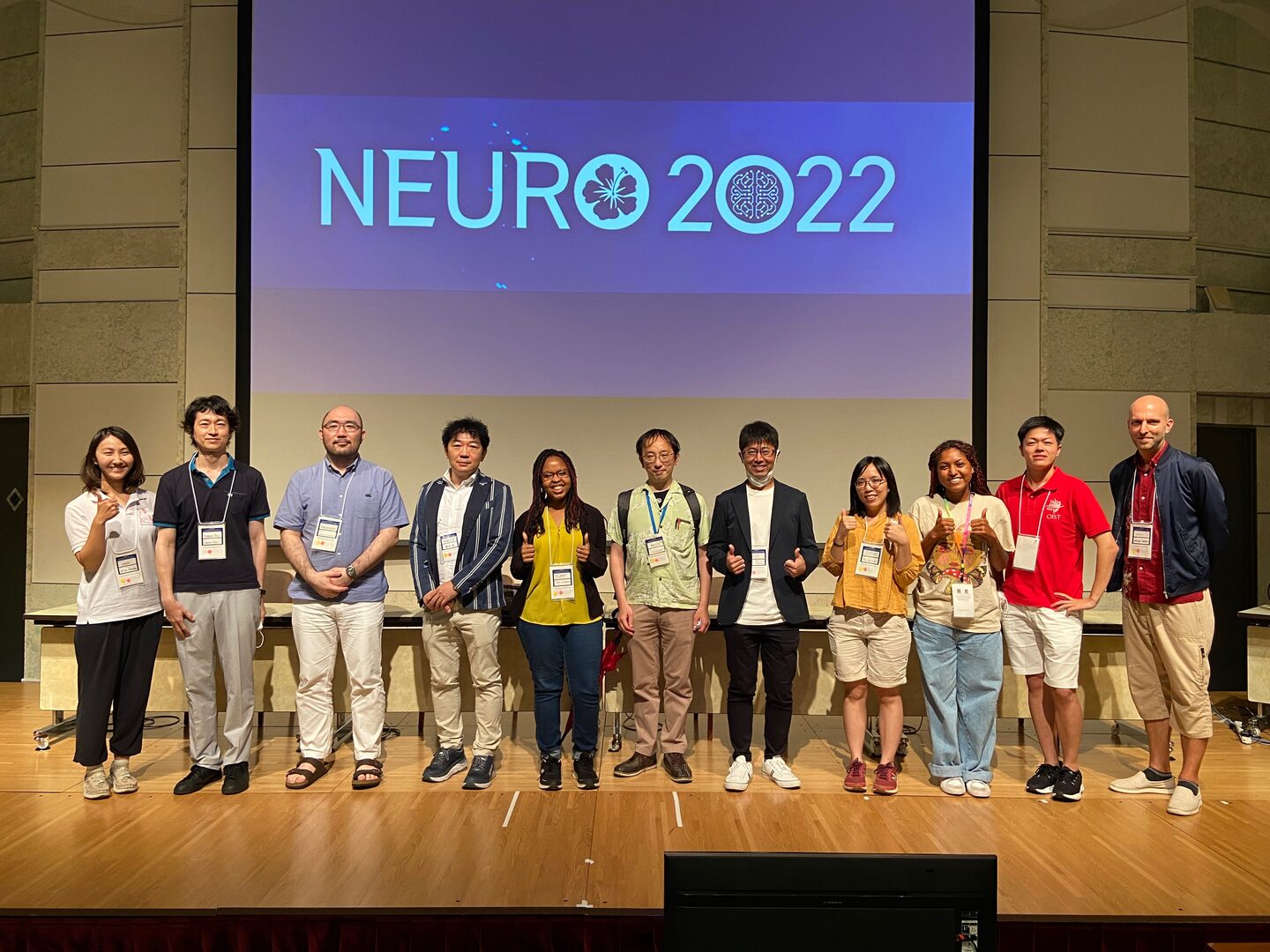Memory Research Unit (Kazumasa Z. Tanaka)
Memory Research Unit aims to understand how memories are stored and used in the brain. For this purpose, we use mice. We train them so that they learn how to navigate to a specific location, how to obtain a reward, or how to avoid a threat in an environment. After training, we test their memory by inferring from changes in their behavior.

During the behavioral experiment, we record the activity of individual neurons in the brain. To this end, we use several techniques including in vivo electrophysiology (e.g. tetrode), Ca2+ imaging (e.g. miniature microscope), and/or immunohistochemical staining of neuronal activity markers (Immediate Early Genes, IEGs). Through these approaches, we examine information represented by ensembles of neurons in the brain areas of our interest.
At the same time, we use genetic interventions to obtain mechanistic insights underlying memory or to gain more sophisticated access to a specific population of neurons. For example, we can label/access to a specific brain region, a specific cell type, and/or a neuronal ensemble engaged for a specific memory by using transgenic mouse lines. Using optogenetics or chemogenetics, we can manipulate their activity and test their contribution to memory or to a computation in the circuit.
Combining these approaches, our unit aims to reveal the mechanism of memory.
Latest Posts
-
Posts
2022.6.30-7.3. We joined Neuro2022 in Okinawa! Thato gave a great talk in the symposium, and Yu-Ju & Yuta presented posters. The audience was so much impressed. Great job, everyone!





